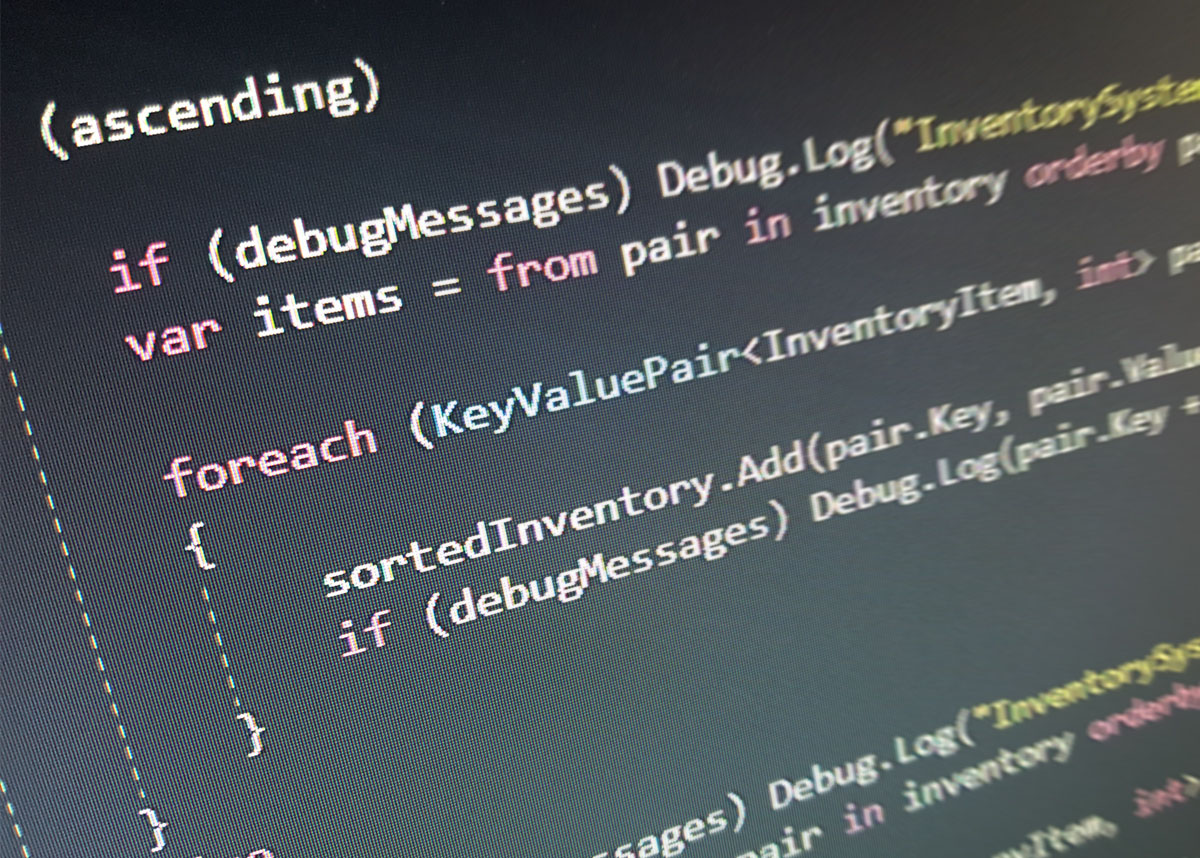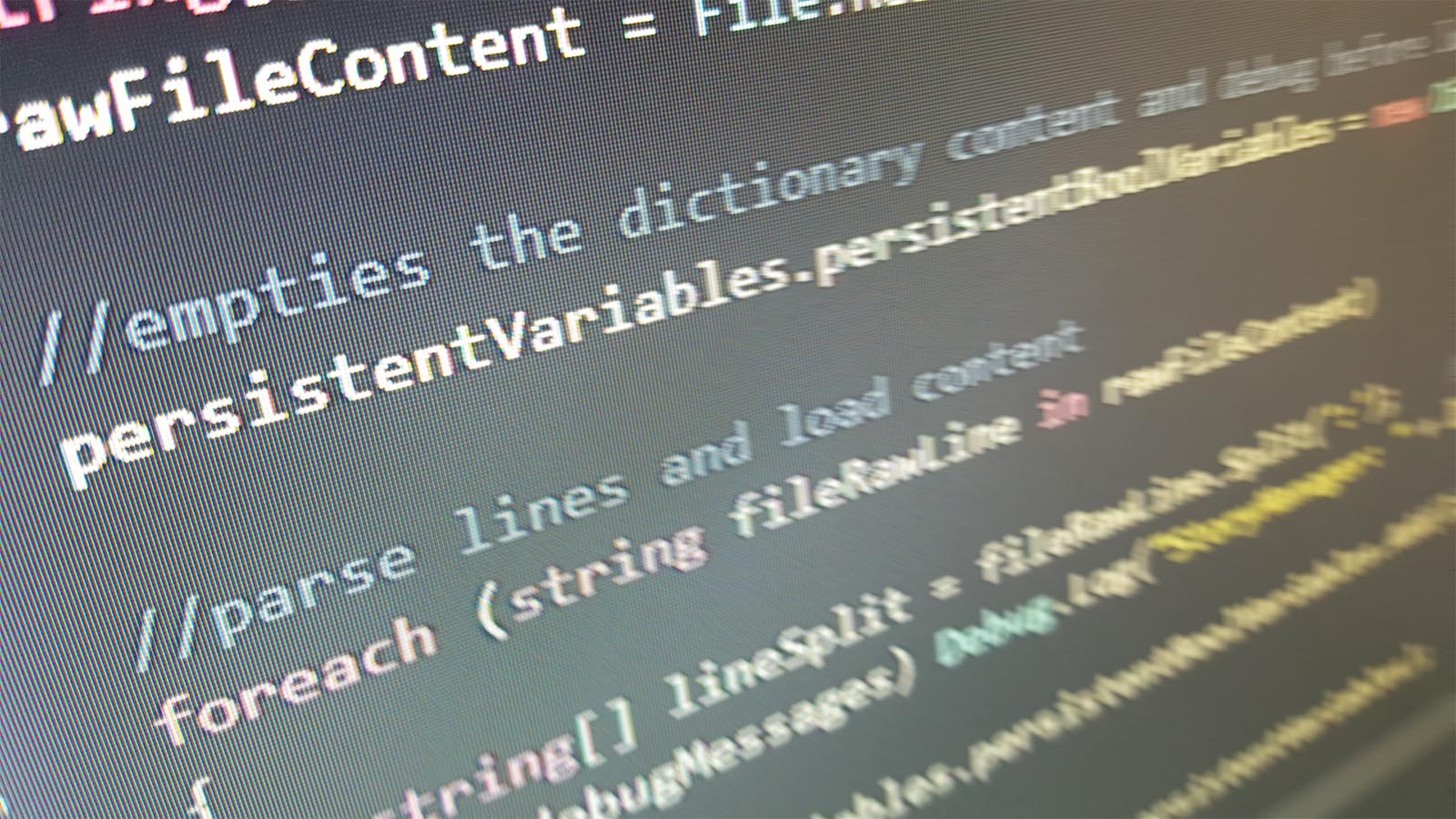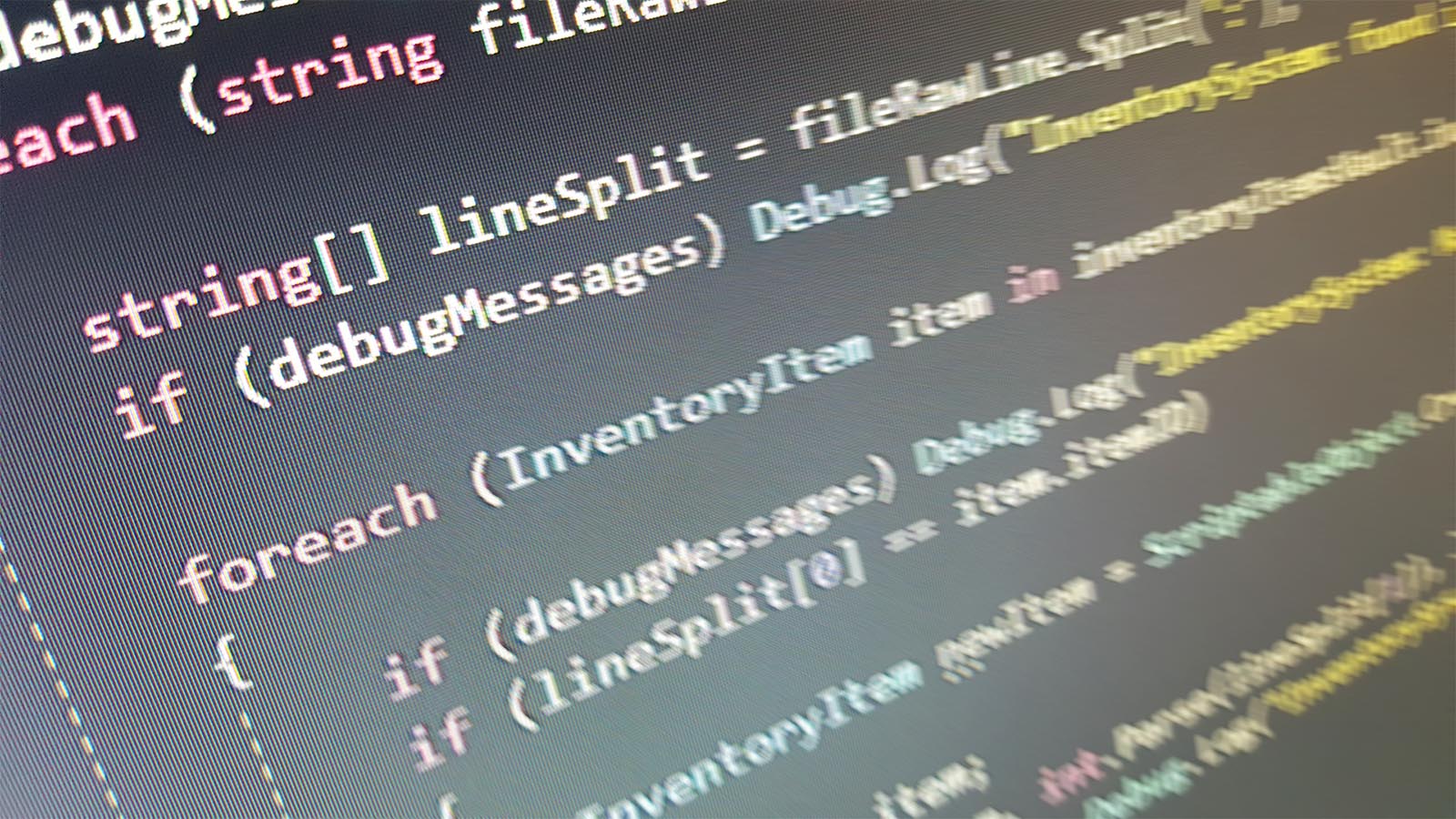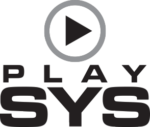PlaySys Interaction Framework is an internal set of tools developed by PlaySys and to be used in various interactive projects.
Its core fundamentals are based on a well-structured set of resources that PlaySys started developing back in 2007. During these years we kept upgrading, patching, and maintaining its structure, adding new possibilities.

1. Overview
Solid Design
2. Productivity
Development Performances
PlaySys Interaction Framework provides a huge boost that kick-starts any project relieving our designers from learning extra tools sometimes not connected to each other.
Instead, while a part of the team works on the creation of a specific project, another part keeps empowering the tools set used, maintaining what today has an inestimable value for us, in terms of know-how, technology, and workflow.


3. Scalability
Modular Toolset
PlaySys Interaction Framework is an essential part of any software project developed by PlaySys and includes hundreds of highly optimized modules to manage backend operations, graphics, sounds, and interactive elements.
We have tools for accessing specific peripherals including Sony PlayStation, tools for parsing data, procedural tools for staging elements on the screen, tools for evaluating data structures, tools for analysis, tools for privacy, anti-piracy, encryption and data protection and even tools so specific as tracing rays in a 3D space to get the volumetric content.
Put shortly the PlaySys Interaction Framework gives us a set of instruments to be used for any needs in our daily work.



